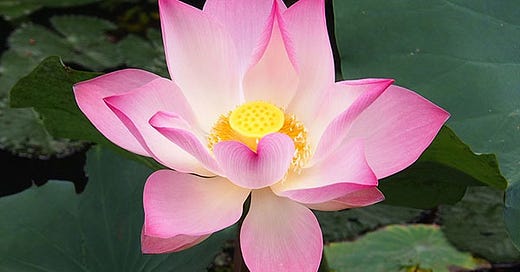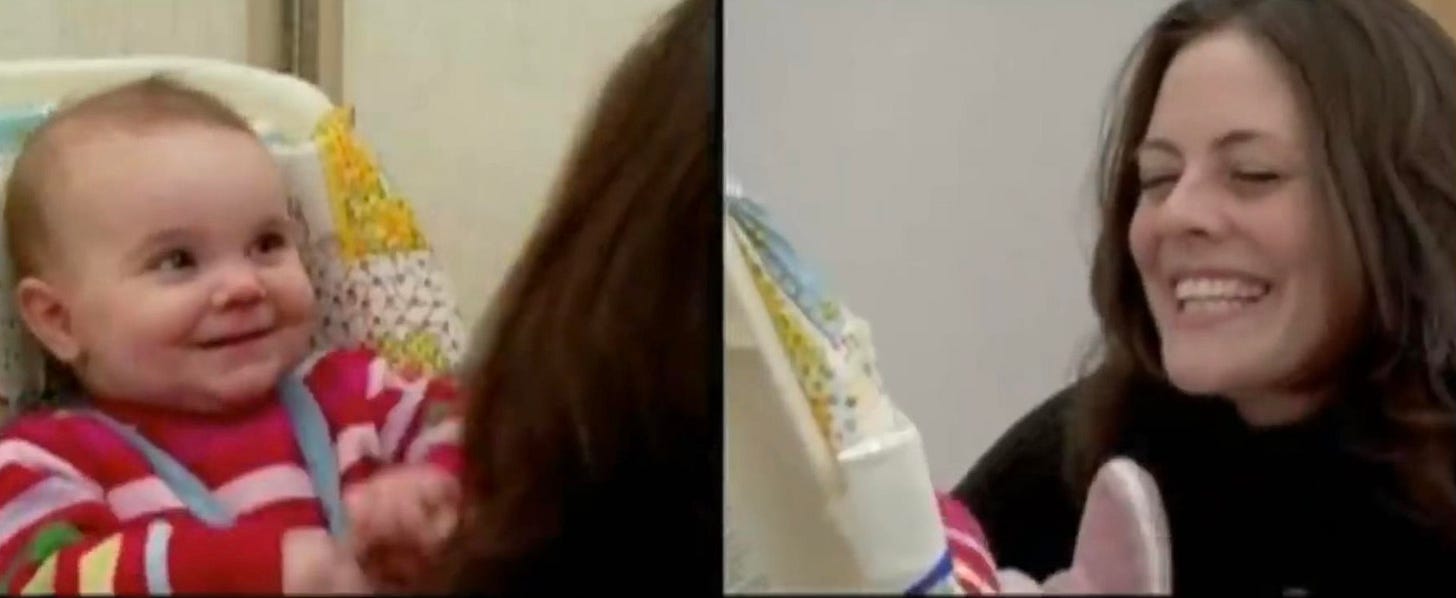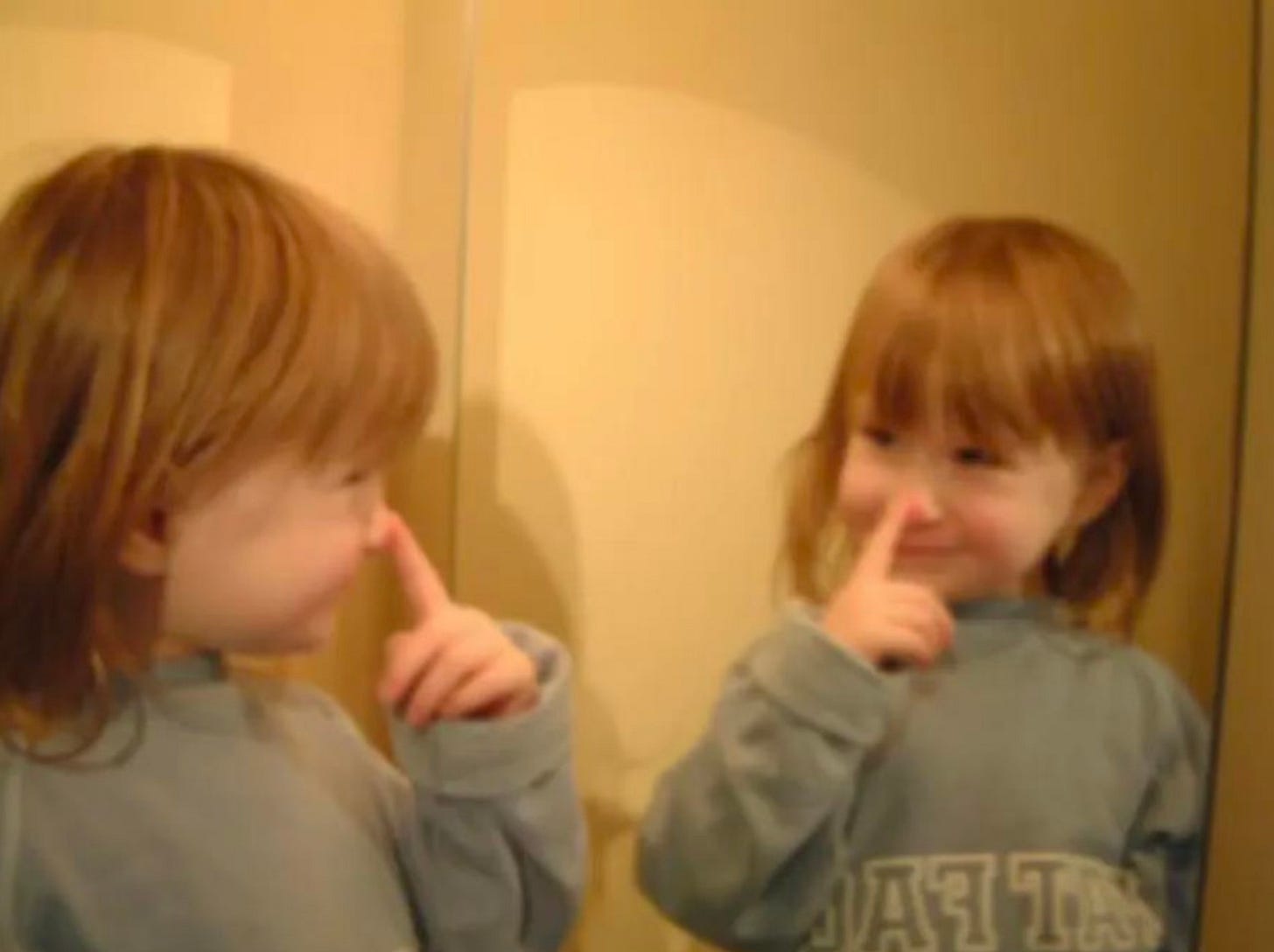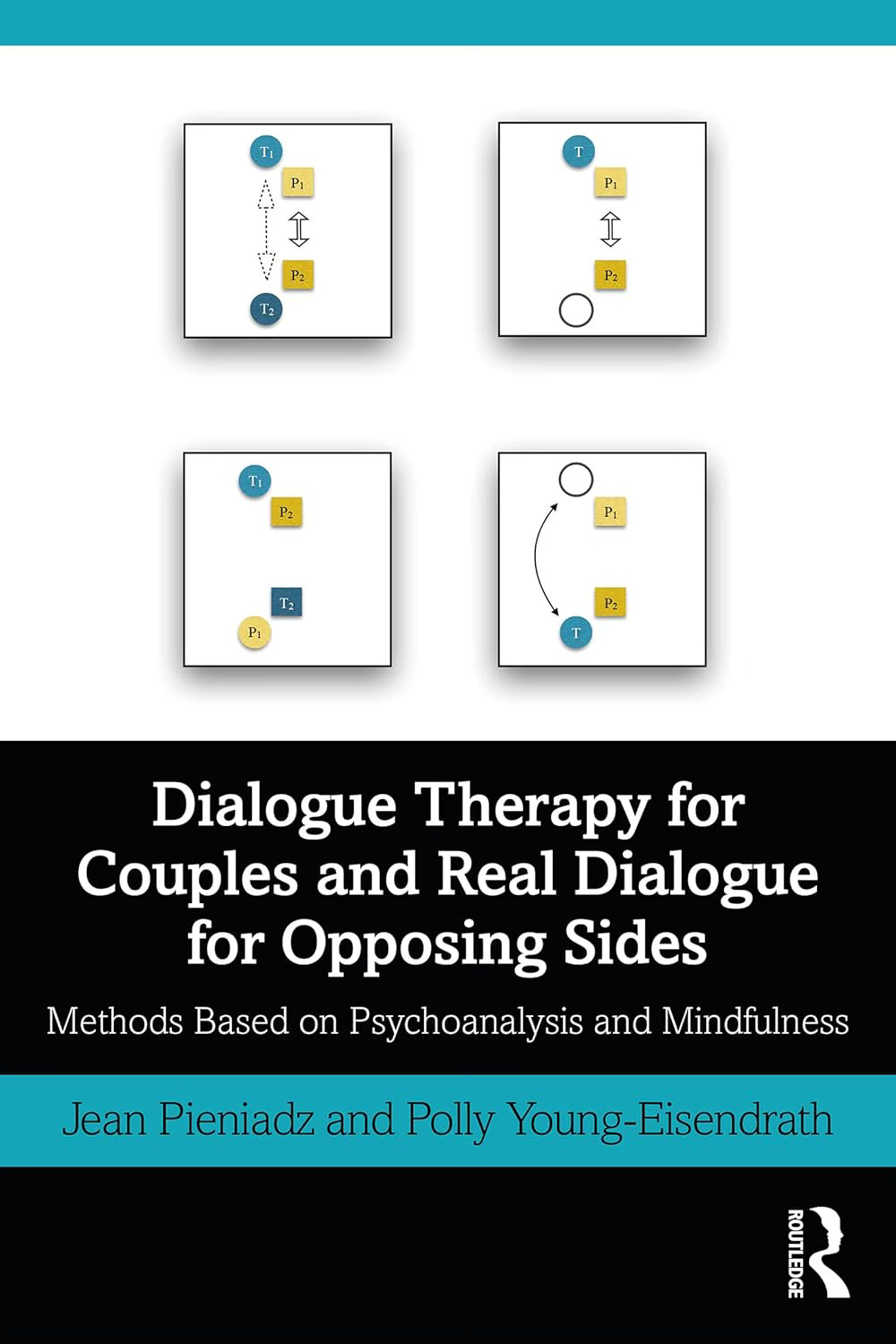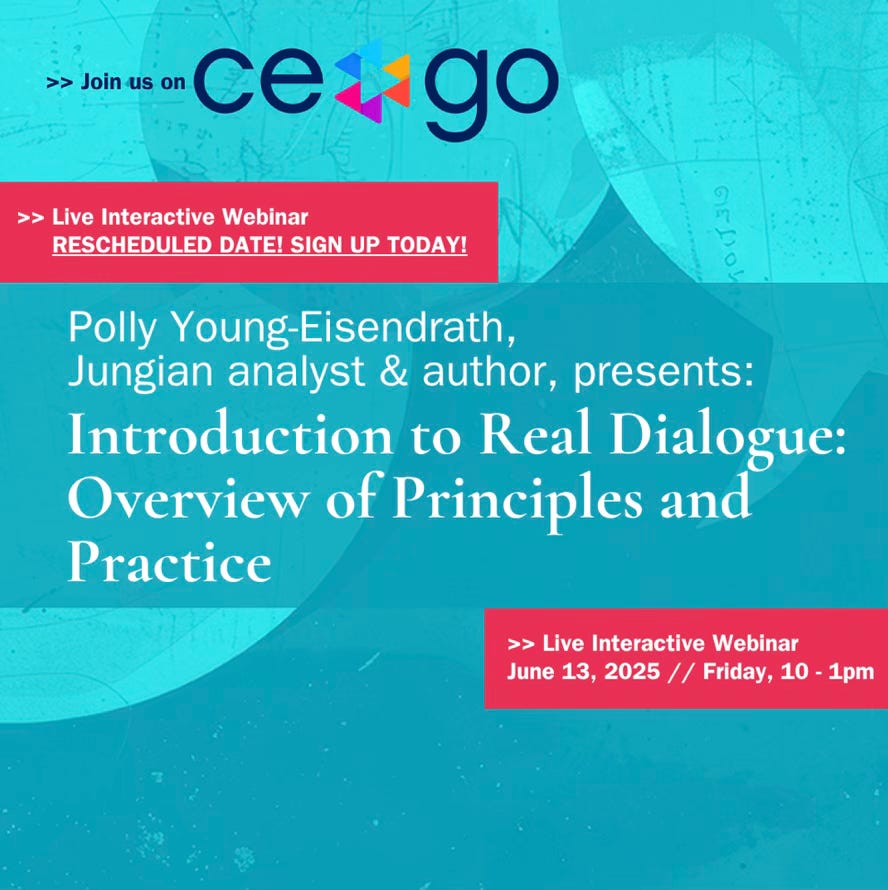An archetype is a “primary imprint” that is part of our human design; it is in our nature. Archetypes, like design, limit and structure our experiences. Across cultures, societies, languages and religions, archetypes are expressed by people through images, symbols, behaviors and psychology. Being a Jungian analyst, I often hear the term archetype defined as a symbol that is innate in the collective unconscious. But archetypes are more than symbols. Carl Jung called them “innate releasing mechanisms” that express our built-in features. The collective unconscious is what we “know” or “do” collectively without being conscious of it.
We “discover” archetypes through our experiences. They “teach” us significant aspects of the meaning of our lives over time and we witness them in others as well as ourselves. They show us what we can and cannot do. We ignore them at our peril, but often we are confused about them because they are implicit in our perceptions, languages, and cultures.
Just like birds know how to make nests that they are not taught to make, we humans know many things that are not taught to us. These are innate features that are released developmentally, but they require interactions with other humans in order to emerge. If you have wondered, “Is there anything that is TRUE for everyone?” here are some things that are.
In this short piece, I briefly consider four fundamental archetypes:
Love Sense: from Infant to Adult
1. We are pair-bonded.
Human beings initially develop inside of another human — a woman who heroically manages to get us out of her body. Then we look into her eyes and she looks into ours and in one way and another she says, “There YOU are!” We discover ourselves through others who see us, feel us, and know us. We are designed to bring these others under our emotional control in order to survive. We all learn in our first year how to evoke and engage the attentions of those on whom we depend, especially our mother and other mothering ones. We become “experts” at emotional communication through our curiosity, joy, sadness, fear, irritation, and disgust — the primary emotions we are born with. Our pair-bonded nature never leaves us and we are always building our emotional lives in pairs. We are forever looking to be recognized by “the other” who “gets” us and “makes sense” of us. We identify with close others, get anxious when separated from them, and grieve their loss.
2. We are self-conscious.
Human beings everywhere develop a self that lives “in here” and seems to be separate from the world “out there.” In our second year of life, between 15 and 24 months our self-conscious emotions motivate the development of a unique individual self. These emotions are inherently HUMAN. No other mammal expresses a personal identity: “I am” and “this is mine” and “you are” and “that is yours.” These categories evolve from our secondary (second to come onboard) emotions: embarrassment, self-consciousness, shame, envy, guilt, jealousy, self-pity, and humiliation. Self-conscious emotions eventually permit us to “operate” on our own thoughts, feelings, and intentions. They motivate us to abstract ourselves and imagine a future as well as narrate a past. They also support our dubious conviction that we need to promote and protect ourselves in groups because our individual identity is a significant aspect of who we are.
3. We are self-aware.
Self-consciousness opens the door to mastering the world of our own subjectivity: we can direct our intentions and contain our reactivity. We can sense and manipulate our own perceptions, thoughts, and feelings. We gradually develop the ability to govern ourselves. We can train our awareness and accomplish extraordinary feats. We — in meditation, creative pursuits (flow experience), performance arts, and sports (to overcome all sorts of limitations physically and mentally). We can catch a ball that is coming at us faster than we can see it and can sit still as a rock for hours. We can do what no machine (robot or AI) can do: we collaborate together to create what one person can see in their mind’s eye. We use our awareness of our own thoughts, feelings, sensations, memories, desires, and longings to work with our subjectivity and interact with others’ subjective experiences in ways that allow us to invent, intuit, and design the unknown as it emerges in our awareness. Self-awareness is our greatest power, but it interfaces with our greatest weakness: self-deception.
Rafah, Gaza Strip, Jan 2025. DOAA ALBAZ/ACTIVESTILLS PHOTO COLLECTIVE
4. We are self-deceiving.
Different from a rock, a plant, a fungus, a cockroach or a dog, our self-awareness drives us to question ourselves and our existence. We often don’t know what is fact and what is fiction, and we often confirm our own false views – called “confirmation bias.” We are quickly persuaded by our criticisms of others thoughts and beliefs that we know the truth – called “negativity bias.” We believe we can see into others’ motivations and intentions (e.g. narcissism or opportunism) based on the ways they look to us – called “stereotypes.” Our biases and stereotypes lie close to our desires to control others to get our own needs met. We may believe that destroying “others” will benefit “us.” There are many harmful ways we deceive ourselves, but the most harmful is to destroy other people with whom we could talk about our differences. When we destroy others, we live within that destruction (if you burn down the house, you live in a burned-down house) and we also eliminate the dialogue that would have been possible with them.
I am offering these four archetypes to help you to train your self-awareness and recognize it as your unique ability to work with your own subjectivity so that you can create what you want to manifest. Remember that you need your fellow humans, especially those you disagree with, because they help you discover yourself and the world. Your human life is precious and unique. Understand how to work with it through its possibilities and its constraints.

